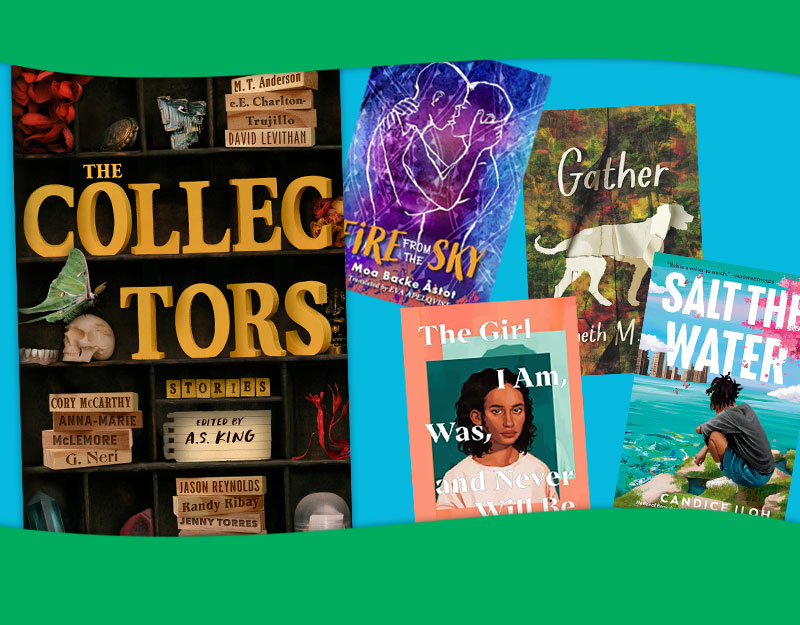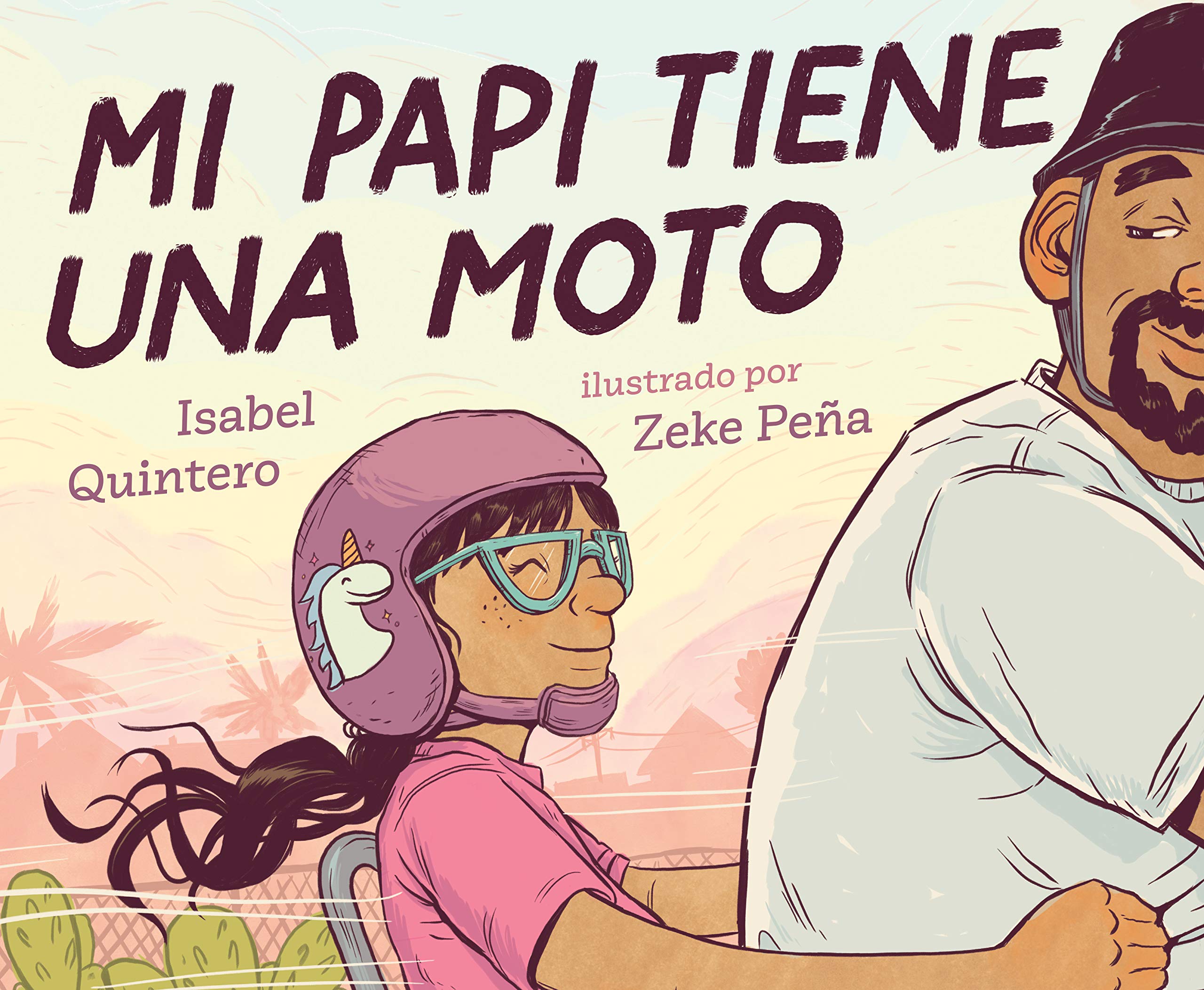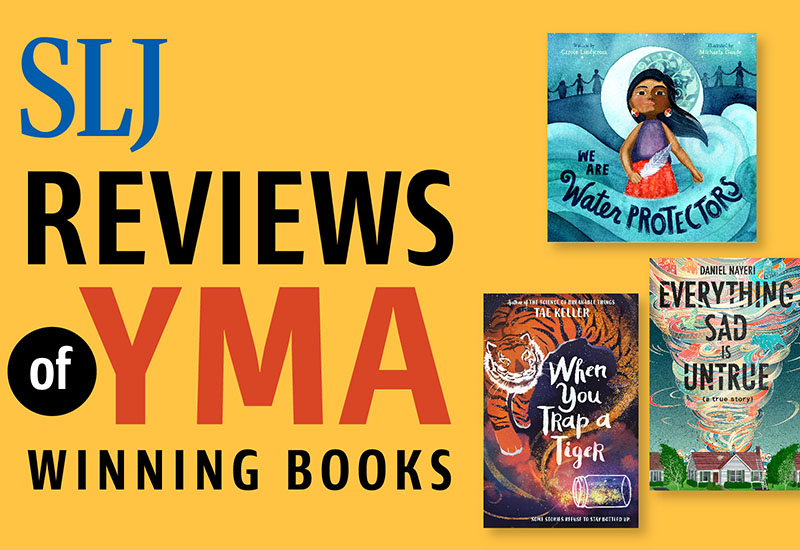Swirl by Swirl
- Patterns and Shapes in Nature. Take a field trip with digital cameras, smart phones, or iPad2s in hand. Ask students to collect photos of interesting patterns or common shapes in the natural world. You may want to explore the National Geographic photo gallery, Patterns in Nature, prior to your outing to give students ideas about what to look for. Use enlarged prints of the photos to create a class big book (or Voice Thread or PowerPoint presentation). Accompanying text for the photos could be class composed poetry or nonfiction text about the objects depicted. For a mentor text, consider Frank Serafini’s Looking Closely series or Jane Yolen’s Shape Me a Rhyme: Nature’s Forms in Poetry.
- Composing Poetry. Invite your students to try their hand at poetry. The author’s website includes many suggestions for getting started with poetry writing. Students can be inspired to compose when given the opportunity to handle a wonder of nature, such as a shell, a pinecone, a vivid fall leaf, or a maple seed pod. Encourage students to draw upon their senses as they write.
- Author Study. The depth, breadth, and quality of Joyce Sidman’s work make her an excellent subject for an author study. Gather a collection of her work and biographical information, including interviews. Read through her books as a class, noting similarities and differences across the books’ formats and styles. Take a close look at her writing techniques, noting her word choices and use of figurative language. Compile a list of ‘writing lessons’ gained from this author study and invite your students to try out some of the writing techniques you have discussed in their own writing.
- Nonfiction Poetry Study. A study of Joyce Sidman’s books will mentor your students in a variety of techniques for expressing nonfiction information in poetic form. You may choose to further this conversation by conducting a genre study of nonfiction poetry. Gather works by poets know for their works of nonfiction, such as Douglas Florian, April Pulley Sayre, J. Patrick Lewis, Valerie Worth, and anthologist and poet Lee Bennett Hopkins (see selected titles listed below) and compare the techniques used by these authors to convey nonfiction information through poetry. Notice how the authors use a combination of prose and poetry and how back matter and glossaries are used to convey additional information. Be sure to discuss the role that illustrations and different media for illustration play in conveying the content.
- Poetic Forms: Nature in Many Forms. Across her poetry books, Joyce Sidman employs many different kinds of poetic forms, ranging from free verse, to concrete poetry, to rhyming couplets, to diamante, and others. Gather a collection of poetry books that celebrate the natural world and engage your students in an examination of the different poetry forms found in the texts. Encourage your students to discuss any patterns that they may note in the relationships between the poems’ forms and their content. Invite students to choose a form that appeals to them and to compose nature poems of their own. Publish the results.
- Scratchboard Illustrations. Caldecott award winning artist Beth Krommes uses scratchboard as the medium for her illustrations. Consult or collaborate with your art teachers to provide students with an opportunity to try out this artistic technique. The article from the journal Arts & Activities linked below may offer some inspiration.
- Exploring the Fibonacci Sequence. Read Spiral by Spiral along with the photo essay Growing Patterns: Fibonacci Numbers in Nature and the picture book biography, Blockhead: The Life of Fibonacci to introduce your students to the Golden Ratio. Students may be interested in reading an essay by a seventh grader who received the Young Naturalist award from the American Museum of Natural History for his investigation of the Fibonacci sequence in tree branch structures accessible at http://www.amnh.org/nationalcenter/youngnaturalistawards/2011/aidan.html
- Illustrated with photographs, this nonfiction text introduces readers to the Fibonacci sequence and its universality in natural forms.
- This picture book biography highlights the childhood and accomplishments of mathematician Leonardo Fibonacci, who is characterized here as a daydreamer fascinated by numbers and the natural world.
- Patterns, Shapes, and textures are featured in this photo essay (part of a series) that invites readers to guess what they are seeing.
- Mother and son team offer a collection of poems and photographs highlighting twelve shapes found in nature.
- Poems in various poetic forms celebrate the diversity of the tree species. Find our blog entry on this title at http://classroombookshelf.blogspot.com/2010/10/poetrees.html
- Intriguing paintings accompany a collection of twenty poems incorporating information about our solar system. Includes back matter with additional details.
- The curiosity of scientists is honored in this collection of science poems edited by master anthologist Lee Bennett Hopkins.
- Man-made structures around the world are the subject of this collection of fourteen poems.
- Building from its intriguing title, this book explores the life cycle of the trout and the interrelationships of an ecosystem through free verse poetry.
- Jenkins amazing collage illustrations depict the twenty three animals described by Worth’s clever free verse poems.
- This Newbery Honor winning title features things that creep, crawl and fly in the night.
- The flora and fauna featured in this collection of poems are long-lived and far-ranging. Factual prose accompanies each poem.
- A celebration of the seasons, featuring poems that describe the various colors associated with seasonal change. A Caldecott honor book.
- A fictional group of sixth grade students completes an assignment to write poems expressing an “I’m sorry…” sentiment.
- A collection of poetry riddles that explore the animals and plants of the ecosystem of a meadow.
- A collection of concrete poems that together narrate the story of a cat and a dog and their adventures around the neighborhood.
- This Caldecott honor winning title is comprised of poems that explore the dynamic of the pond ecosystem.
- Sidman’s poems about man’s best friend are complemented by essays written by teenagers about their canine pets.
- This collection of free verse poems features the accomplishments of sixteen inventors, both famous and little known.
- Poetry and cut paper illustrations present the roles of care-taking animals dads including the Emperor Penguin and giant water bugs.
Filed under: Nonfiction Picture Books, Picture Books, Poetry
About Erika Thulin Dawes
Erika is a professor of language and literacy at Lesley University. A former classroom teacher, reading specialist, and literacy supervisor, she now teaches courses in children’s literature, early literacy, and literacy methods. Erika is the co-author of Learning to Write with Purpose, Teaching with Text Sets, and Teaching to Complexity.
ADVERTISEMENT
ADVERTISEMENT
SLJ Blog Network
2024 Books from Pura Belpré Winners
In Memorium: The Great Étienne Delessert Passes Away
Winnie-The-Pooh | Review
Parsing Religion in Public Schools
Finding My Own Team Canteen, a cover reveal and guest post by Amalie Jahn
ADVERTISEMENT







